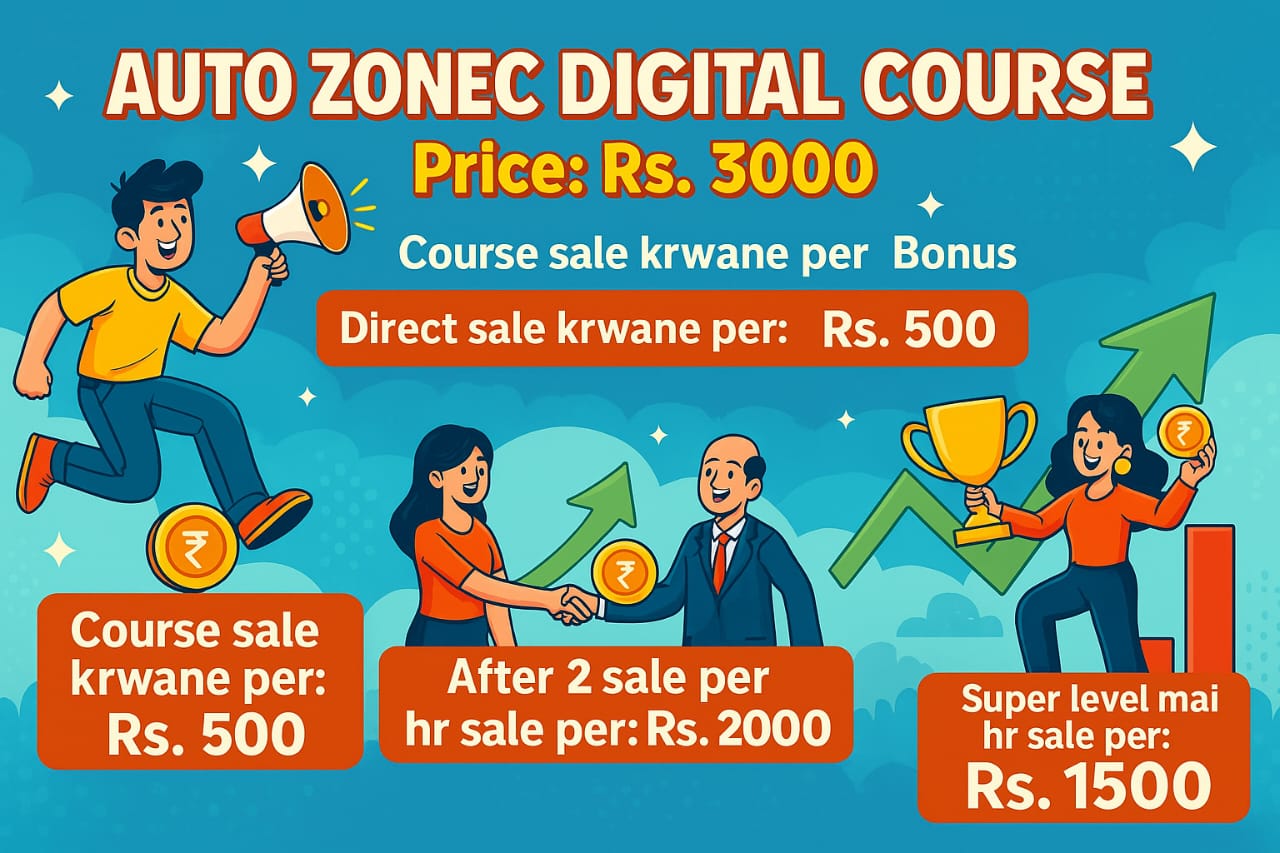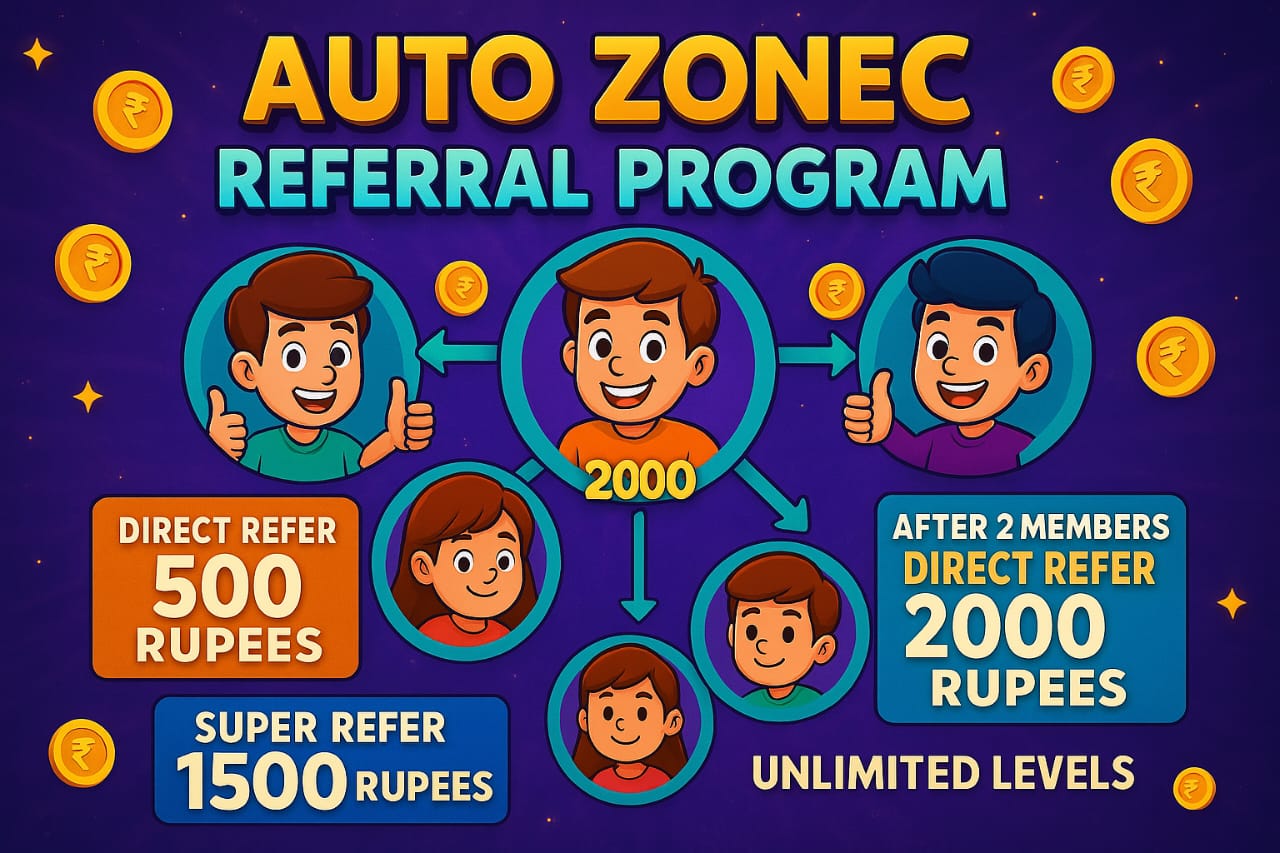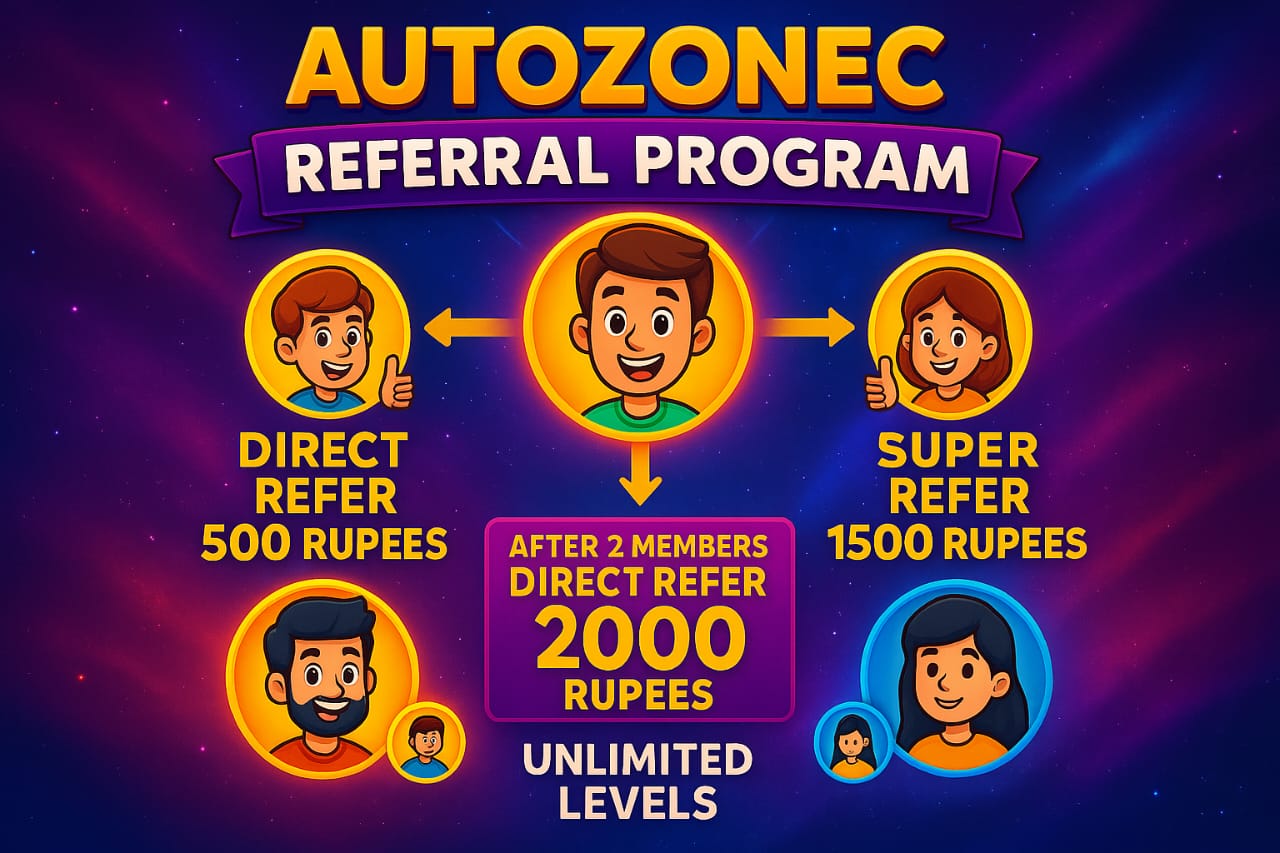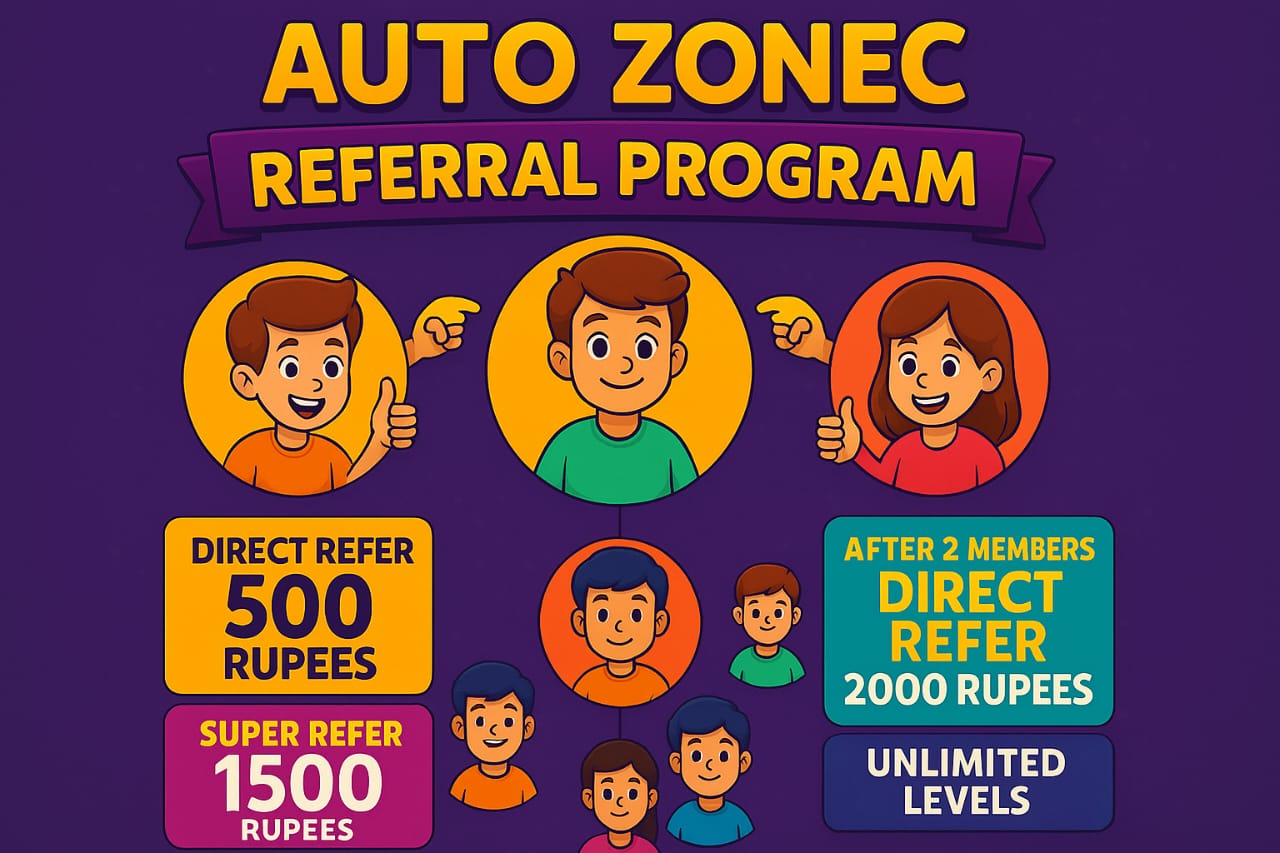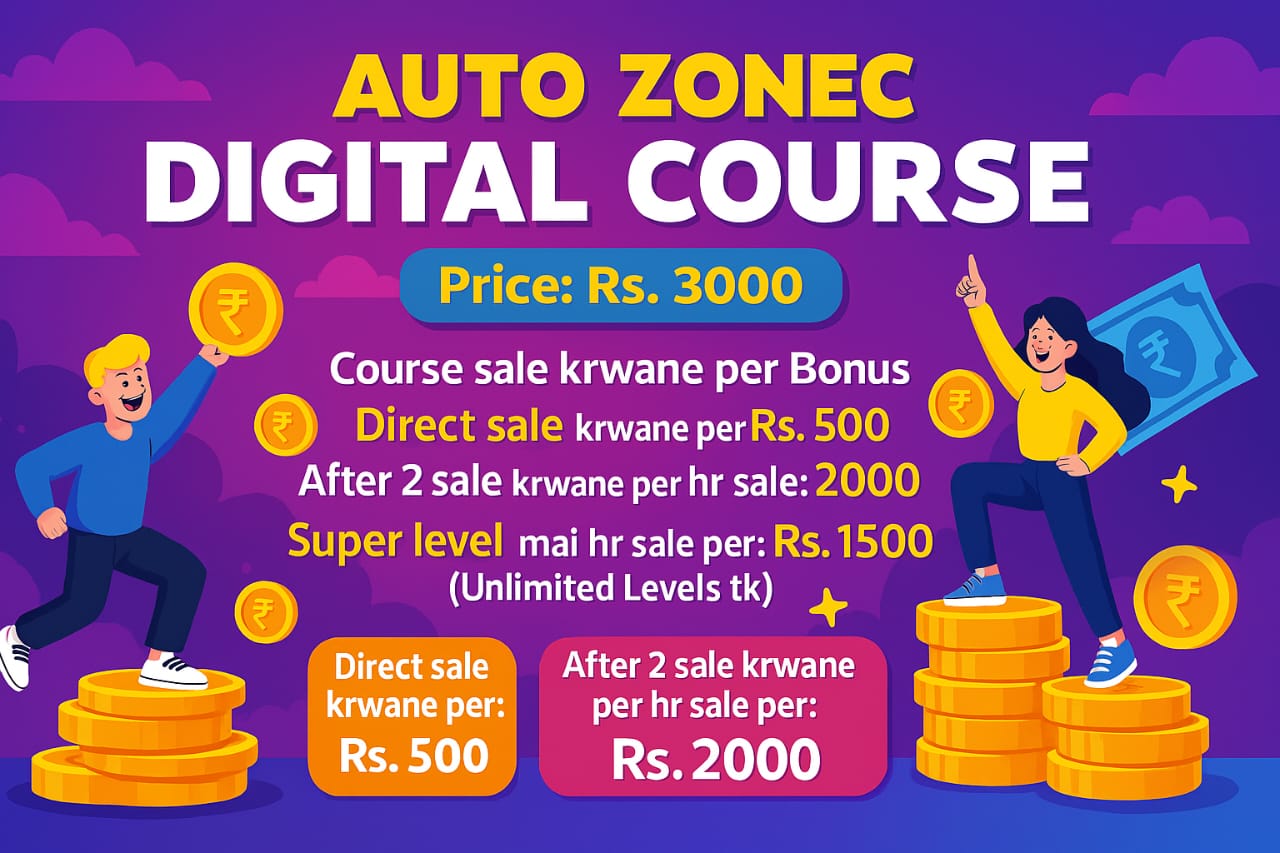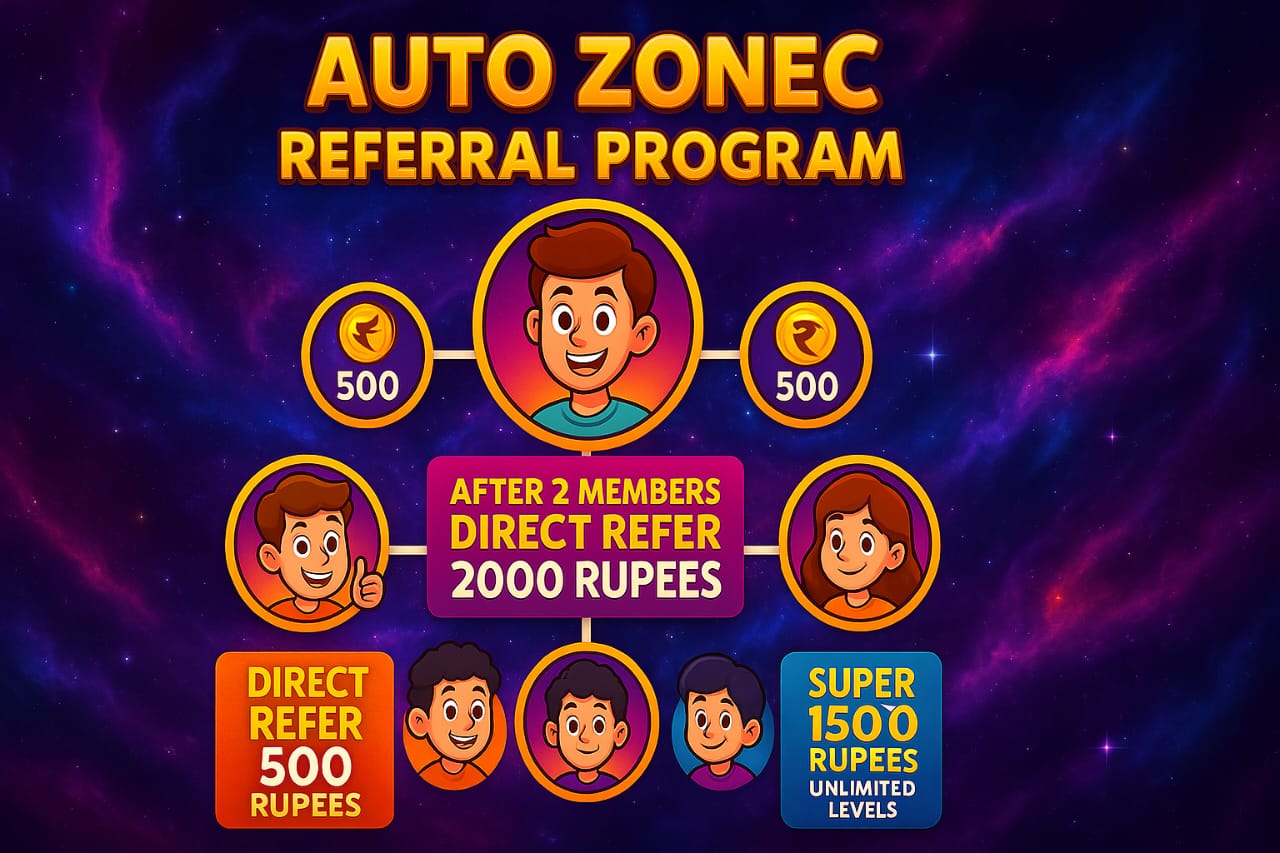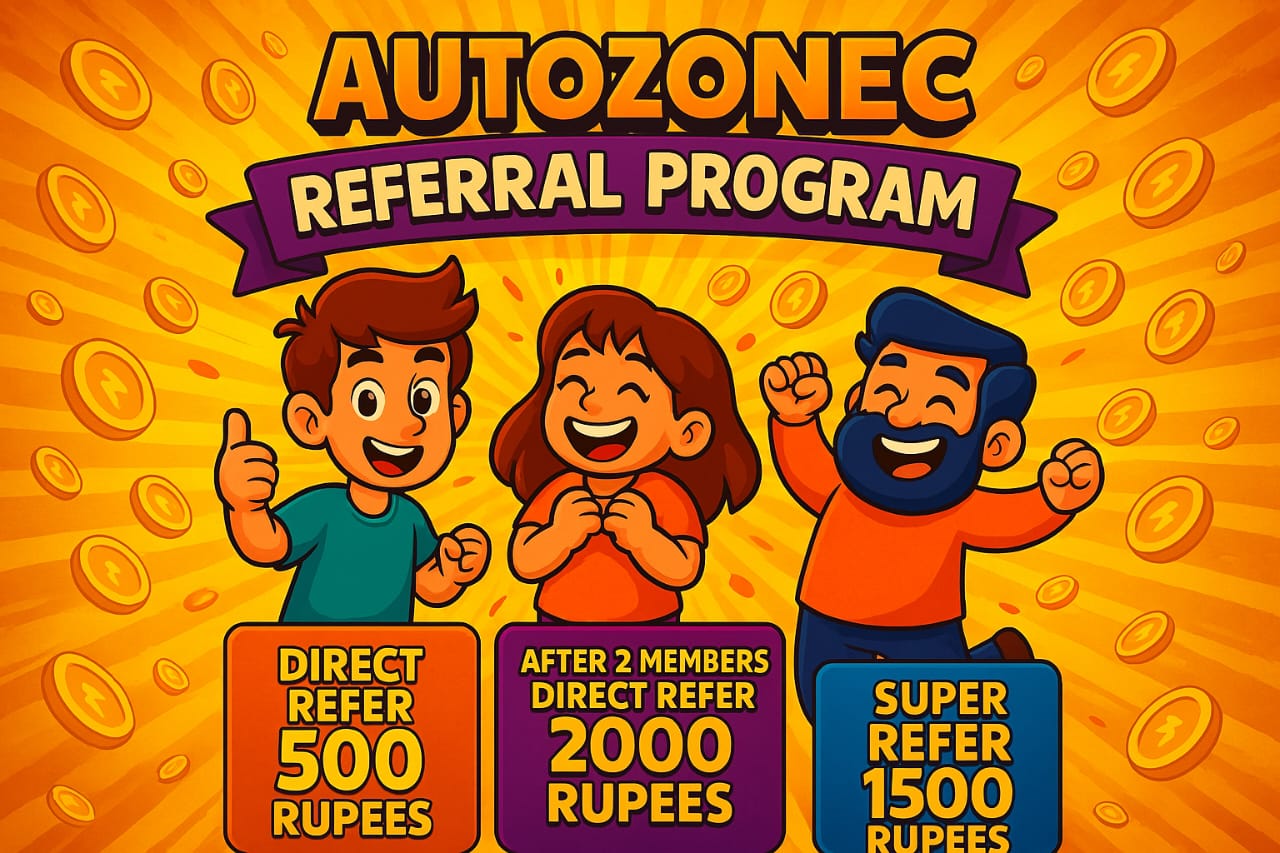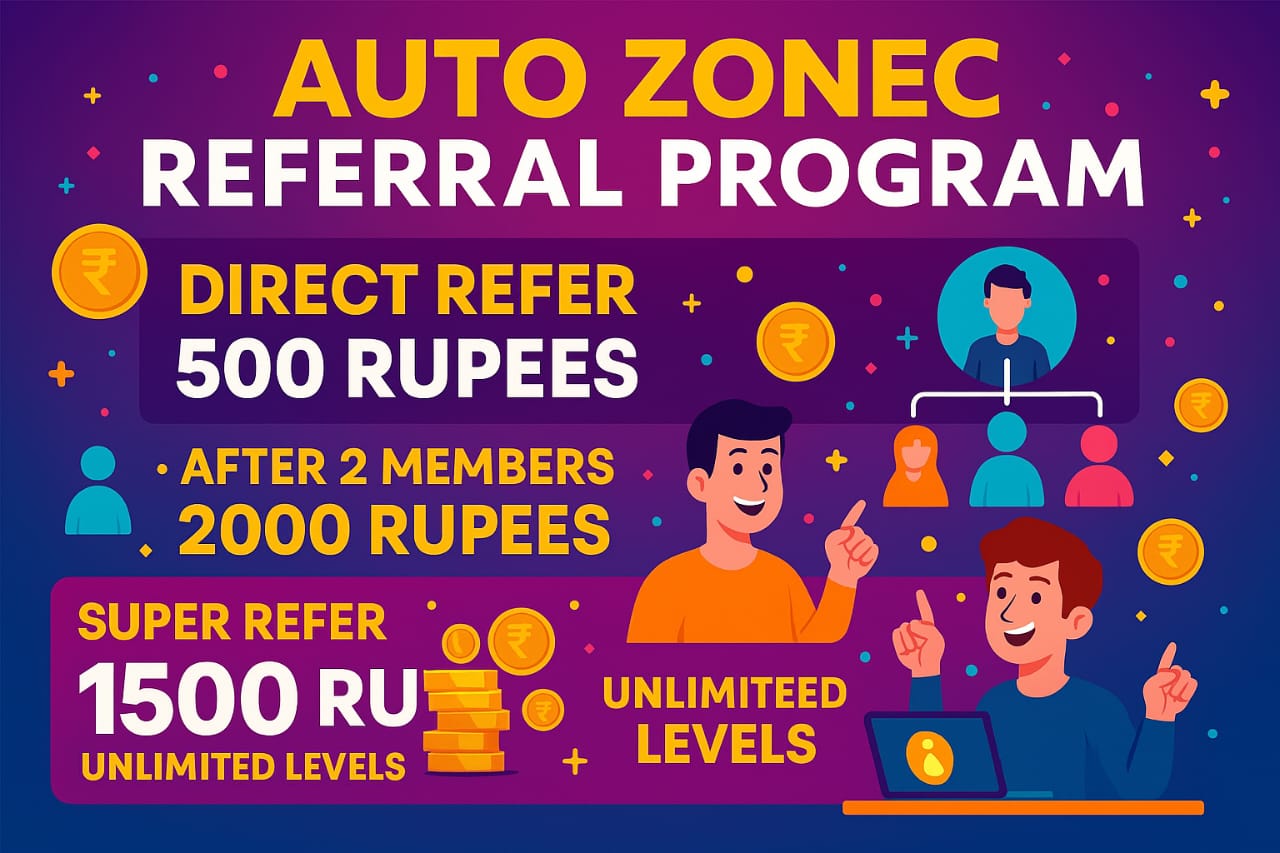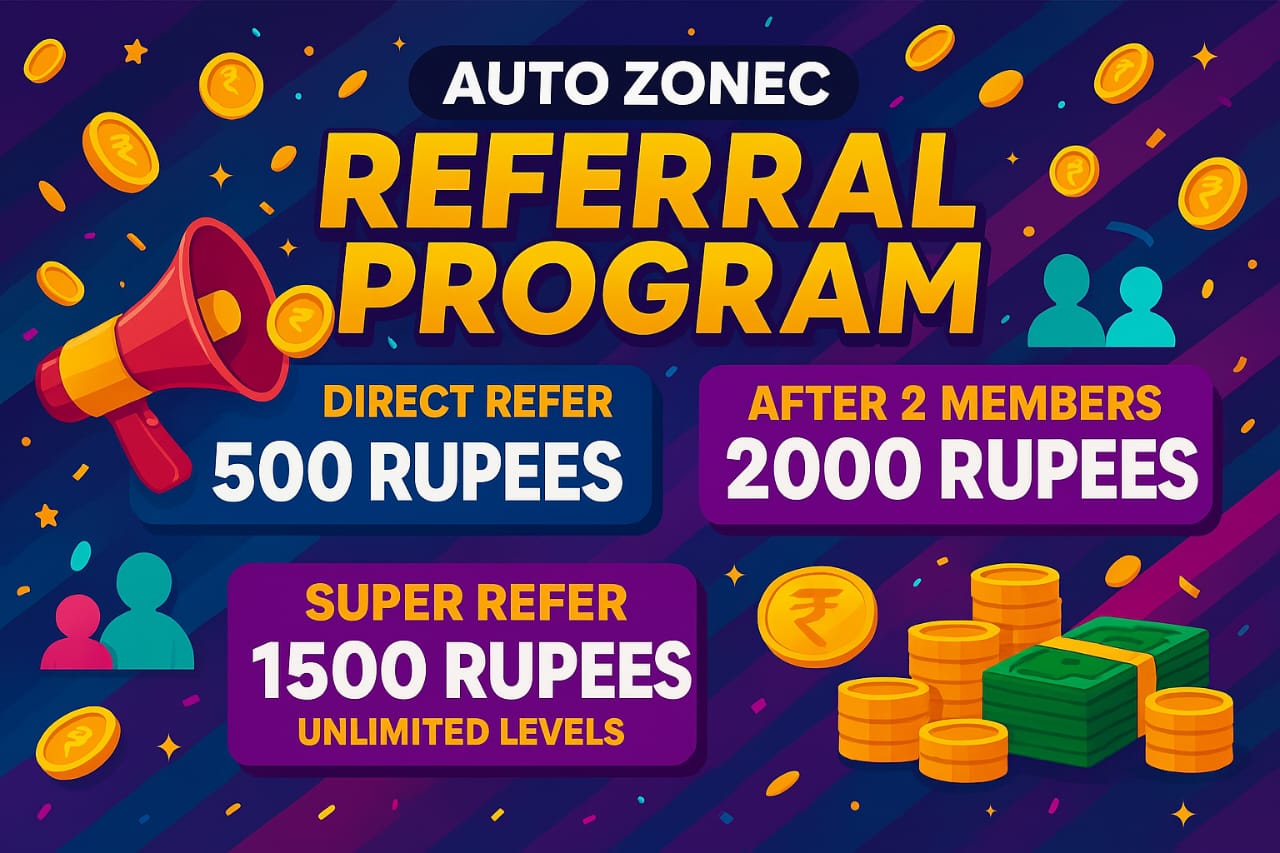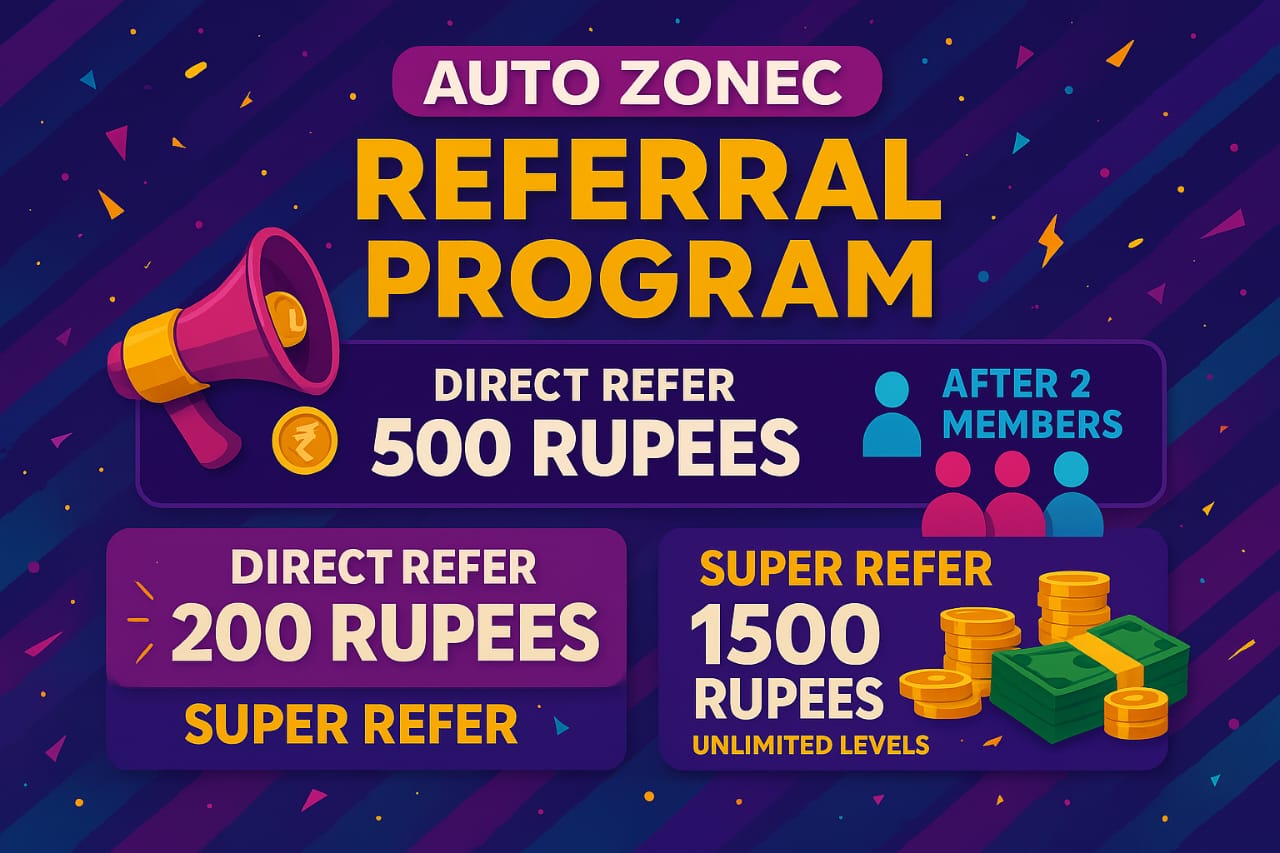
VR Education Revolution: Transforming Learning for Tomorrow
SEO Description: Unlock the potential of virtual reality in education with The Future of Learning. Discover how VR technology is revolutionizing the way we teach and learn.
Meta Keywords: Virtual reality in education Future of learning VR technology in education Educational VR experiences Virtual reality classroom Immersive learning experiences VR simulations for education Educational applications of VR Virtual reality training Digital learning tools Virtual reality educational games VR in schools Augmented reality in education Enhanced learning through VR Virtual reality field trips Innovative teaching with VR Virtual reality educational resources VR integration in curriculum Interactive learning experiences VR for student engagement Virtual reality learning environments Educational benefits of VR Future of education technology VR tools for educators Virtual reality for student success.
The Future of Learning: Harnessing the Power of Virtual Reality in Education
The world of education is constantly evolving, with new technologies reshaping the way we teach and learn. One of the most exciting developments in recent years is the use of virtual reality (VR) in education. VR has the potential to revolutionize the way students engage with and understand complex concepts, creating immersive learning experiences that were previously only possible in science fiction.
The Rise of Virtual Reality in Education
Virtual reality technology has been around for decades, but it is only in recent years that it has started to gain traction in the field of education. As VR headsets have become more affordable and accessible, educators have begun to explore the potential of this technology to enhance learning.
- Virtual reality can transport students to faraway places, allowing them to explore ancient ruins, dive into the depths of the ocean, or even travel to outer space without ever leaving the classroom.
- By creating immersive environments that simulate real-world scenarios, VR can help students develop critical thinking skills and problem-solving abilities in a way that traditional teaching methods cannot.
- VR can also cater to different learning styles, allowing students to learn at their own pace and in a way that best suits their individual needs.
With the rise of remote learning and the increasing demand for online education, virtual reality has the potential to bridge the gap between physical and digital learning environments, creating a more engaging and interactive educational experience for students of all ages.
The Future of Learning: Harnessing the Power of Virtual Reality in Education
Why Virtual Reality is the Future of Education
In recent years, virtual reality (VR) technology has made significant strides in various industries, including education. The immersive and interactive nature of VR makes it an ideal tool for enhancing the learning experience and engaging students in ways that traditional methods cannot.
The Benefits of Virtual Reality in Education
There are numerous benefits to incorporating VR into education, including:
- Engagement: VR creates a more engaging and interactive learning environment, making it easier for students to stay focused and retain information.
- Accessibility: VR allows students to explore virtual worlds and scenarios that would otherwise be impossible or impractical to experience in real life.
- Personalization: VR can be customized to meet the individual learning needs and preferences of each student, providing a more personalized learning experience.
- Collaboration: VR enables students to collaborate with their peers and teachers in a virtual space, fostering teamwork and communication skills.
How Virtual Reality is Changing the Landscape of Education
Virtual reality is revolutionizing the way we teach and learn, offering new possibilities for education that were previously unimaginable. Some ways in which VR is changing the landscape of education include:
Virtual Field Trips
With VR, students can virtually visit historical landmarks, explore the depths of the ocean, or travel to outer space, all from the comfort of their classroom. This allows for a more immersive and memorable learning experience.
Simulated Experiments
In subjects like science and engineering, VR can be used to simulate experiments and scenarios that may be too dangerous or costly to conduct in real life. This hands-on approach to learning can help students better understand complex concepts.
Interactive Learning Modules
VR can be used to create interactive learning modules that engage students in a way that traditional textbooks cannot. This can help students develop critical thinking and problem-solving skills in a more dynamic and engaging way.
The Future of Virtual Reality in Education
As VR technology continues to advance, the possibilities for its use in education are virtually limitless. In the coming years, we can expect to see even more innovative applications of VR in the classroom, including:
Virtual Tutoring
VR can be used to provide personalized tutoring and support to students, helping them learn at their own pace and in a way that best suits their learning style.
Virtual Classrooms
With VR, students from around the world can connect and collaborate in a virtual classroom, breaking down barriers to education and fostering a global community of learners.
Professional Development
Teachers and educators can use VR to enhance their own professional development, gaining new skills and techniques to improve their teaching practices.
In conclusion, virtual reality has the potential to revolutionize education and provide new opportunities for students and teachers alike. By harnessing the power of VR, we can create a more engaging, interactive, and personalized learning experience that prepares students for success in the 21st century.
The Future of Learning: Harnessing the Power of Virtual Reality in Education
Virtual reality (VR) technology has been making waves in various industries, and education is no exception. The immersive nature of VR allows students to engage with educational content in a way that traditional methods cannot match. From exploring the depths of the ocean to dissecting a virtual frog, the possibilities for learning in a VR environment are endless. In this blog post, we will explore how virtual reality is revolutionizing education and shaping the future of learning.
Enhanced Learning Experience
One of the key benefits of using VR in education is the enhanced learning experience it provides. By immersing students in a virtual environment, they can interact with the content in a more meaningful way. For example, medical students can practice surgical procedures in a virtual operating room, giving them hands-on experience before ever stepping foot in a real operating theater. This hands-on approach to learning can help students retain information better and improve their overall understanding of complex subjects.
Accessibility and Inclusivity
Another advantage of VR in education is its potential to make learning more accessible and inclusive. Virtual reality can transport students to places they may not otherwise have the opportunity to visit, such as historical landmarks or foreign countries. This can help bridge the gap between students from different socioeconomic backgrounds and provide all students with equal access to educational experiences. Additionally, VR technology can be tailored to accommodate students with disabilities, such as providing audio descriptions for visually impaired students or tactile feedback for students with motor disabilities.
Real-World Applications
Virtual reality can also be used to simulate real-world scenarios, allowing students to practice problem-solving skills in a safe and controlled environment. For example, engineering students can design and test prototypes in a virtual workshop, while business students can practice negotiation techniques in a virtual boardroom. These real-world applications of VR can help students develop practical skills that are essential for success in their chosen field.
Collaborative Learning
Collaboration is an important aspect of education, and VR technology can facilitate collaborative learning in new and exciting ways. Students can work together in a virtual classroom, solving problems and completing tasks as a team. This can help improve communication skills, foster teamwork, and create a sense of community among students. Additionally, VR can connect students from around the world, allowing them to collaborate on projects and share ideas regardless of their physical location.
Challenges and Considerations
While virtual reality has the potential to revolutionize education, there are some challenges and considerations that need to be addressed. One of the main challenges is the cost of implementing VR technology in schools, as the equipment and software can be expensive. Additionally, there may be concerns about privacy and data security when using VR in educational settings. It is important for educators and policymakers to carefully consider these challenges and work towards solutions that ensure the responsible and ethical use of VR in education.
The Future of Learning
Despite these challenges, the future of learning looks bright with the integration of virtual reality technology. As VR continues to evolve and become more accessible, we can expect to see even more innovative and engaging educational experiences for students of all ages. By harnessing the power of virtual reality, educators can create immersive learning environments that inspire curiosity, foster creativity, and empower students to reach their full potential.
Are you ready to embrace the future of learning with virtual reality technology? Contact us today to learn more about how VR can transform education and prepare students for success in the 21st century.
The Future of Learning: Harnessing the Power of Virtual Reality in Education As technology continues to advance, the possibilities for integrating virtual reality (VR) into education are endless. From primary schools to universities, educators are finding exciting ways to leverage VR to enhance the learning experience for students. In this blog post, we will explore the future of learning and how VR is revolutionizing the way we teach and learn. VR in the Classroom One of the most significant benefits of using VR in education is its ability to create immersive learning experiences. Instead of reading about historical events or scientific concepts in a textbook, students can now step into virtual worlds and experience these concepts firsthand. For example, students studying ancient Egypt can explore the pyramids and walk through the streets of Cairo in VR, giving them a deeper understanding of the culture and history of the time. VR can also help students develop important skills such as problem-solving, critical thinking, and collaboration. By engaging with interactive VR simulations, students can work together to solve complex problems and learn from their mistakes in a safe and controlled environment. This hands-on approach to learning can help students retain information better and improve their overall academic performance. Virtual Field Trips Another exciting application of VR in education is virtual field trips. Traditionally, schools would have to organize expensive and time-consuming trips to museums, historical sites, or other educational destinations. With VR, students can now visit these places from the comfort of their classroom. This not only saves schools money but also allows students to explore places that may not be accessible to them otherwise. Virtual field trips can also help students develop a sense of empathy and understanding for different cultures and perspectives. By virtually visiting different parts of the world, students can gain a better appreciation for diversity and learn to see the world from someone else's point of view. The Future of Learning As VR technology continues to evolve, the possibilities for integrating it into education are endless. In the future, we may see VR used for personalized learning experiences, where students can learn at their own pace and in their own way. Teachers can create customized VR experiences for each student based on their individual learning styles and needs, making education more engaging and effective for everyone. Additionally, VR can help bridge the gap between traditional education and online learning. With the rise of remote learning, VR can provide a more immersive and interactive experience for students who are unable to attend physical classrooms. This can help students stay engaged and motivated to learn, even when they are not physically present in a classroom. Conclusion In conclusion, the future of learning is bright with the integration of virtual reality in education. From immersive learning experiences to virtual field trips, VR has the power to revolutionize the way we teach and learn. As technology continues to advance, educators and students alike can look forward to a more interactive, engaging, and effective learning experience with the help of VR. So let's embrace this exciting new era of education and harness the power of virtual reality to shape the future of learning.The Future of Learning: Harnessing the Power of Virtual Reality in Education
Virtual reality (VR) is rapidly transforming the way we learn and interact with information. In the field of education, VR has the potential to revolutionize traditional teaching methods and create immersive learning experiences that are engaging, interactive, and effective. Let's explore how VR is reshaping the future of education and how it can be harnessed to enhance the learning process.
Enhanced Engagement and Immersion
One of the key advantages of VR in education is its ability to create immersive learning environments that engage students in a way that traditional methods cannot. By using VR headsets, students can step into virtual worlds and interact with content in a hands-on and experiential manner. For example, medical students can practice surgical procedures in a realistic virtual setting, while history students can explore ancient civilizations through virtual tours.
Case Study: zSpace
One example of a company harnessing the power of VR in education is zSpace, which provides virtual reality solutions for K-12 schools and higher education institutions. zSpace's technology allows students to manipulate virtual objects in a 3D space, enhancing their understanding of complex concepts in subjects such as science, technology, engineering, and math.
Personalized Learning Experiences
Another benefit of VR in education is its potential to personalize the learning experience for each student. By using VR simulations and interactive content, educators can tailor lessons to individual learning styles and preferences, allowing students to learn at their own pace and in their own way. This can help improve student engagement, motivation, and retention of information.
Case Study: Immersive VR Education
Immersive VR Education is a company that specializes in creating virtual reality experiences for educational purposes. Their flagship product, Engage, is a platform that allows educators to create and deliver virtual lessons, lectures, and training sessions in a fully immersive environment. This enables students to engage with the material in a more interactive and personalized way, leading to improved learning outcomes.
Real-World Applications and Experiential Learning
VR technology also provides opportunities for real-world applications and experiential learning. For example, students studying architecture can design and walk through virtual buildings, while geography students can explore different landscapes and ecosystems in a virtual environment. This hands-on approach to learning can help students better understand and retain complex concepts by experiencing them firsthand.
Case Study: Google Expeditions
Google Expeditions is a virtual reality platform that allows teachers to take their students on virtual field trips to locations around the world. By using VR headsets and smartphones, students can explore historic landmarks, natural wonders, and cultural sites in a 360-degree immersive experience. This not only enhances their understanding of the subject matter but also fosters a sense of curiosity and excitement about learning.
Conclusion
Virtual reality has the potential to revolutionize education by providing immersive, interactive, and personalized learning experiences for students. By harnessing the power of VR technology, educators can create engaging and effective learning environments that cater to the diverse needs and preferences of students. As VR continues to evolve and become more accessible, it is poised to transform the future of learning and shape the way we educate the next generation of learners.
VR Education Revolution: Transforming Learning for Tomorrow
Written by: wikibrand
Published on: April 28, 2025
